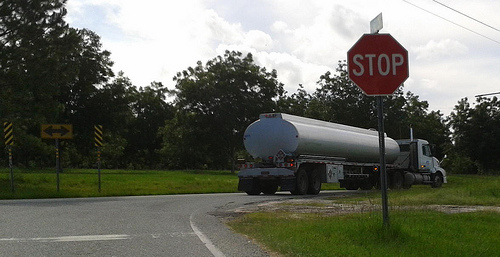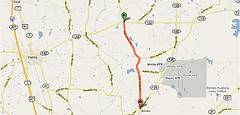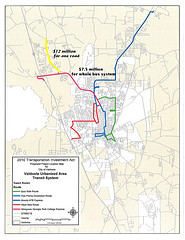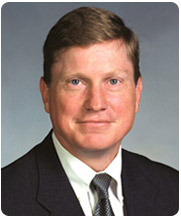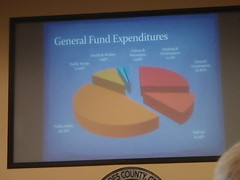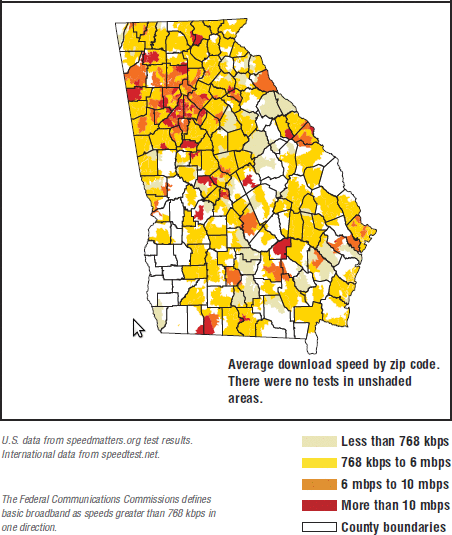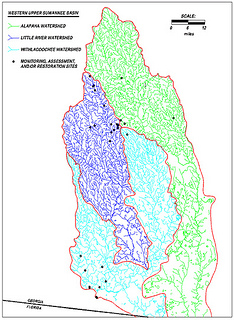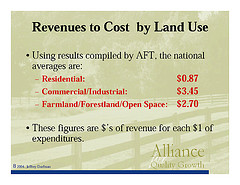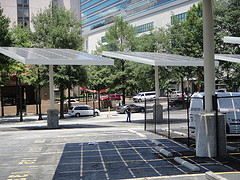Ankle monitoring is fully funded this coming fiscal year, with a 2% increase, and the Sheriff’s office accounts for 35% of the county’s budget, yet the Public Defender had to beg for more funds. The state-imposed property tax assessment cap has expired, but no increases in the tax digest are yet expected. Sales tax revenues are gradually increasing. The state is fiddling with motor vehicle license fees, and nobody can predict the effect of that. The Industrial Authority and Parks and Rec are now shown in the Lowndes County budget; they and other transfers out account for about 15% of the budget, specifically about 6% VLCIA and 7% VLPRA. All that and more at Tuesday’s budget hearing.
A copy of the actual budget will be up shortly. Meanwhile, here a video playlist for the Lowndes County budget public hearing of 19 June 2012.
Chairman Ashley Paulk was not there. Commissioner Crawford Powell chaired the meeting instead.
Parks and Rec’s 1.25 mil and
Industrial Authority’s 1 mil
 are now shown along with the county’s 7.31 mils of property tax
and integrated into the budget charts.
They and other transfers out account for about
15% of general fund expenditures.
are now shown along with the county’s 7.31 mils of property tax
and integrated into the budget charts.
They and other transfers out account for about
15% of general fund expenditures.
Finance Director Stephanie Black said
Your CHIP grant was not renewed.
That’s news to me, since I thought the Commission Continue reading

